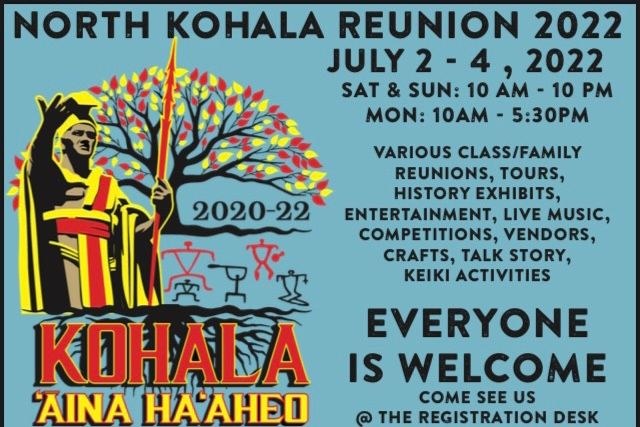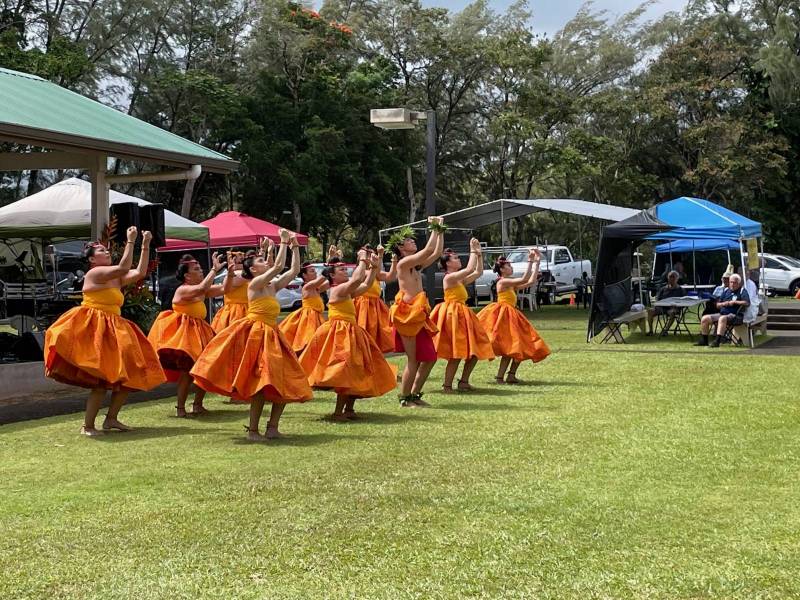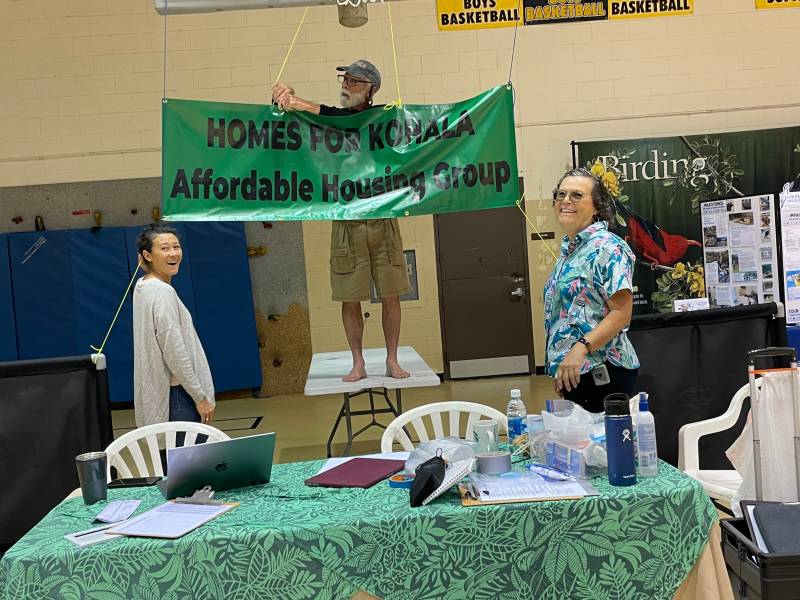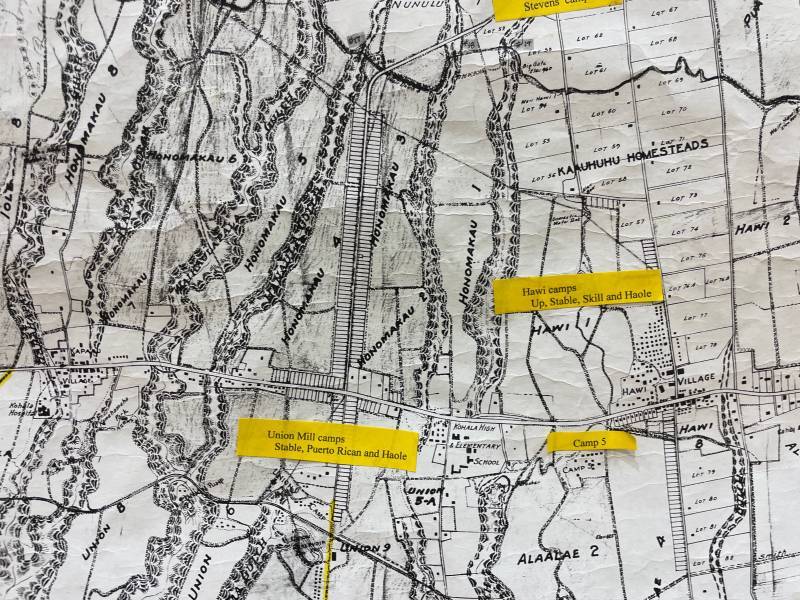I sometimes feel like I live in a television show — and no, not our Hawaii Life show on HGTV! I mean one of those family-friendly shows on the joys and quirks of living in a small, close-knit rural community. For years when people asked what it was like living in Hawi, I would ask if they remembered the show Northern Exposure. The one in which the recently graduated physician from New York City is assigned to a fictional small town in Alaska. As IMDB puts it, “The location is remote, the people are weird” — at first all he wants is to get back to New York. But then the community grows on him.
I used to end with “Kohala is like a tropical Northern Exposure except we are missing the radio station and the ex-convict character.” Well now we have KNKR 96.1FM and online and our own beloved ex-con. And this weekendʻs North Kohala Reunion reminded me just how precious a community like this is — and the joy that comes from contributing to it and making the effort it takes to find your place in it.

Kohala Reunion happens every 5 years — but 2020 became 2022 thanks to the pandemic
What is the North Kohala Reunion?
The Kohala Reunion happens every five years, but 2020 became 2022 as with so many other events. Kohala Reunion takes place over a three-day weekend, exploring “Kohalaʻs past through music, cultural displays, food offerings from each of Kohalaʻs many ethnic groups.” The first day focuses on Hawaiian culture and pre-contact history; the second day on the sugar plantation era to the present; and the third day — along with many of the exhibits on display — is devoted to Kohalaʻs future.

Members of Halau Kawehileimamoikawekiuokohala perform traditional hula at the opening ceremony for the 2022 Kohala Reunion
The Kohala Reunion takes place at the Countyʻs Kamehameha Park complex in Kapaʻau. Former residents return from around Hawaiʻi and the continental U.S. to join the fun. Families and Kohala High school classes coordinate their reunions to coincide with the larger event, setting up tents around the main stage area.

Day Two of Kohala Reunion began with a Zumba class — for sure it was a first time for most of us!
This yearʻs entertainment from local musicians ran the gamut from slack key to reggae to big band to rousing John Philip Sousa marches. And Kohala loves to dance! Multiple hula halau performed on the first day, and audience members spontaneously offered hula to their favorite songs as Hawaiian musicians took the stage. On the second day when I arrived I was tricked into joining a zumba workout to kick things off; later in the day there was a performance by the RMD Taiko group and an audience-participation Bon dance just before popular music bands played for dancing after dark.

Bon dancing is popular throughout Hawaiʻi — and Kohala community members join in the celebrations — whether of Japanese descent or not
Opportunities to Learn About Hawaiʻi as a Newcomer
As I newcomer myself decades ago, I found that participating in the traditions and events put on by your new community and volunteering with a local organization are two excellent ways to meet people and learn about Hawaiʻi in a way not available to you as a visitor.

Volunteers putting together the Homes For Kohala — Affordable Housing Group display include Hawaii Life agent Teri Takata
I saw many newcomers (and a few tourists) inside the Gym during Kohala Reunion absorbed in the “talk story” sessions focused on Kohalaʻs history, and engaging with community members at the tables for the many organizations and projects to “keep Kohala, Kohala.”

A portion of a map that was displayed at the Kohala Reunion showing the location of all the plantation-era residential camps. Many newcomers seemed surprised to see how todayʻs homes and businesses fit into the plantation-era landscape.
Long-time Kohala residents and those returning home will study the maps of the plantation camps and point out where they grew up, while those of native Hawaiian descent point out their place in genealogies to younger family members. As I have blogged before, especially in conjunction with our Hawaii Life Conservation and Legacy Lands practice, Hawaiiʻs diverse cultural traditions are living history, visible in the lives, memories, and cultural practices of people today.
As newcomers, our care will always be welcome. But often we are seen as a threat to local identity and a way of life that communities devote a lot of energy to preserving, as Kohala Reunion demonstrates. By participating in the life of your new community, you will come to understand where and how to make your contribution. In return you will be offered the richness of interdependence and affection that is the hallmark of small town life.

Leave your opinion here. Please be nice. Your Email address will be kept private, this form is secure and we never spam you.